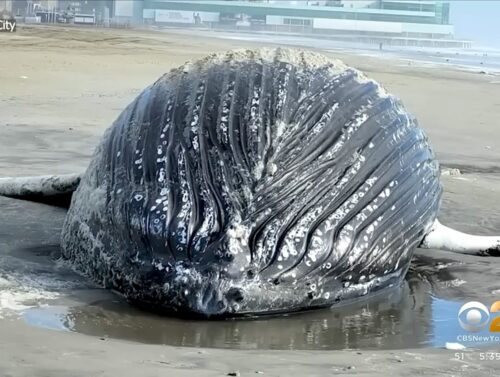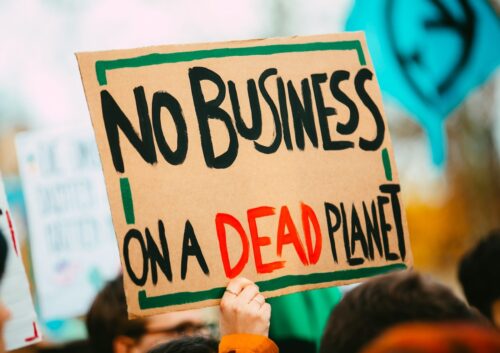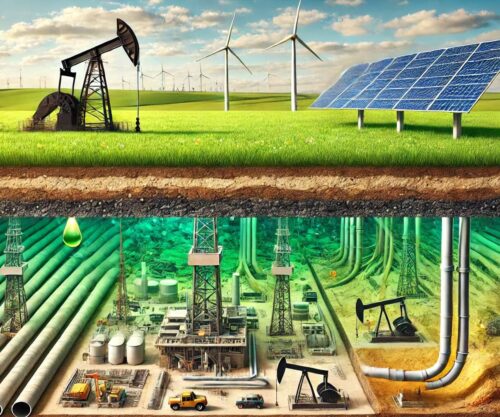
Brazil’s president Lula [pictured above] opened up the thirtieth Conference of the Parties (COP30) on the tenth anniversary of the Paris Agreement, with a fiery speech about using the truth to save the planet from climate change.
Let’s hope he sticks to his promise.
The truth is that since 2010, global expenditures have totaled an estimated $9 trillion aimed at reducing CO2 emissions.
And yet, none of the 196 countries that signed the 2015 Paris Agreement are on track to meet their primary CO2 emissions reduction targets, and none are on track to meet the Net Zero 2050 target.
What’s worse for the COP30 delegates is that over the last 10 years, global fossil fuel consumption has grown by 8%, annual CO2 emissions are 8% higher, and continue to grow at a rate of 1% per year.
What went wrong, in part, was the impossibility of converting climate scientists’ green dreams into engineering reality. We should all know the truth about what happened.
The 29 previous COPs envisioned non-emitting fuels as a replacement for fossil fuels. Still, full-scale projects have demonstrated that, other than nuclear energy, no replacement for fossil fuels would meet a rational economy-wide build-out:
- Rooftop photovoltaic solar energy makes some sense only because it is significantly cheaper than the billion-dollar fiascos of failed concentrated solar power. However, any grid-scale solar is interruptible, and we don’t have the battery technology to store it in sufficient quantities; the same applies to wind power.
- With both PV solar and wind, the resulting consumer electricity costs have turned out to be much higher, not lower as advertised, than the systems they replaced. And they have significant and unresolved end-of-service disposal issues.
- Green hydrogen would bankrupt us twice: once in its manufacturing and again in replacing the infrastructure and appliances needed to burn it.
- Hydrogen burned in oxygen does produce water without releasing CO2. Still, the air contains more nitrogen than oxygen—the nitrogen reaction results in significantly more smog from nitrous oxides caused by the high-temperature hydrogen flame.
- Hydrogen fuel cells are too inefficient, wasting about half of their energy.
- Biomass fuel is an accounting sleight of hand; it doesn’t reduce physical CO2 emissions at all. Without carbon capture and storage, converting corn and soybeans to fuels increases biofuel CO2 emissions while simultaneously driving up the cost of food as farmland is diverted to fuel feedstock.
- Full-lifecycle hydropower greenhouse gas emissions are as bad as coal, due to the CO2 generated in making the cement for the dams and the biogenic methane given off from the reservoirs.
They also suggest pulling CO2 from the air, but missed the fact that it would require significantly more CO2 removal to match emissions, as the CO2 stored in the oceans would then be released back into the atmosphere.
That’s like trying to bail out a hole in a sandy beach that the ocean keeps refilling. Storing CO2 underground is prohibitively expensive due to the high energy consumption required to compress CO2 gas into a liquid for subterranean injection.
The cost of it would bankrupt us.
This COP faces new obstacles in building a green new global economy.
The reality in the mining world is that while it’s possible to meet the projected demand of double the supply of nickel, cobalt, and rare earth elements, and four times the graphite, those supplies will be in the control of a very few producers.
Copper will be in short supply and very expensive. The holes in the ground for mining all these metals and minerals will be unprecedented in scale and concealed from scrutiny in the developing world.
President Lula da Silva said, “It’s time to impose another defeat on the deniers,” but he is amongst those at COP30 who are in denial:
- Net Zero 2050 is pointless. 90% of the CO2 warming is in the past because the atmosphere is already in a CO2-saturated state. This is no longer just theoretical; it has now been observed in nature, consistent with the scientific method. Since the IPCC predictions about CO2 warming have all been wrong, their hypothesis is wrong. Period.
- A Net Zero 2050 is unachievable. A stable, affordable, non-CO2-emitting power grid cannot be built using today’s technologies, unless it is nuclear. Many of the attempted alternatives have significant environmental downsides.
- Net Zero 2050 is unfair. G7 countries have dropped their share of total global emissions from 40% to 21%, while their share of global GDP dropped from 51% to 41%. China went from 14% to 31% of global emissions, while its share of global GDP increased from 3.6% to 17%. And poor countries are paying more for food as crops are turned into biofuels.
The delegates attending the COP30 Brazil meetings will probably also deny that the hot war in Ukraine was enabled by green energy insecurity and that the global cold war in trade was initiated by a GDP shift to CO2-emitting economies.
Tell the truth, COP30: The Paris Agreement is dead, Net Zero 2050 is dying, and COP31 is irrelevant.
These excerpts are taken from ‘Sunset on Net Zero: A Heretic’s Guide to the Futile CO2 Target’, which is available on Amazon.
Ron Barmby (www.ronaldbarmby.ca) is a Professional Engineer with a Master’s degree, whose 40+ year career in the energy sector has taken him to over 40 countries on five continents. His latest book, Sunset on Net Zero: A Heretic’s Guide to the Futile CO2 Target (Amazon, Barnes & Noble), explains in layman’s terms why Net Zero is pointless, unachievable, and unfair.


















